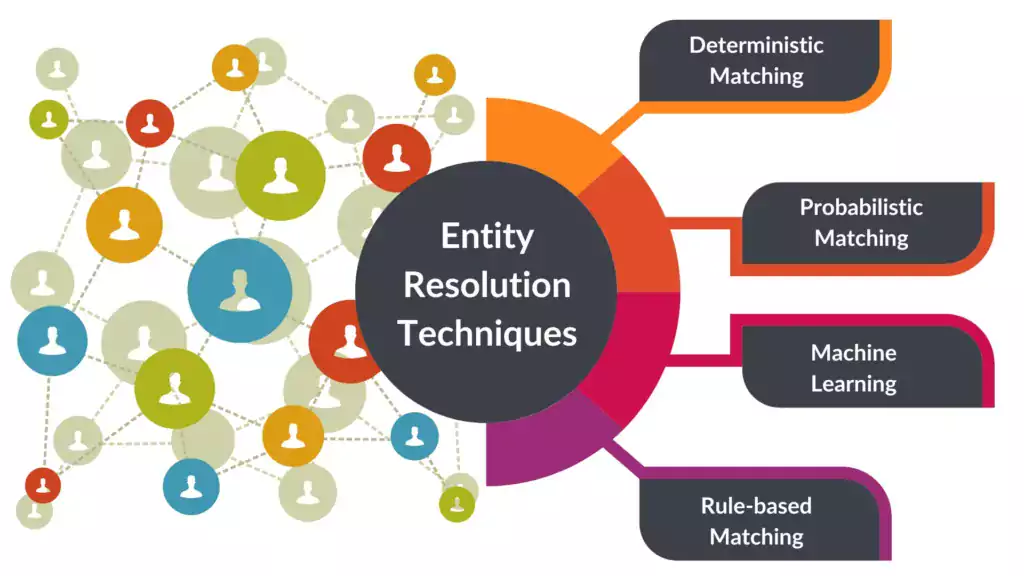When your data is fragmented, your decisions are too.
Entity Resolution (ER) — the process of identifying and linking records that refer to the same real-world entity — is at the heart of every serious data strategy. Whether it’s merging user identities, unifying customer profiles, or linking intelligence signals across systems, ER is often the unseen engine powering accuracy.
But traditional approaches are slow, manual, and prone to error. At DeepHorizon, we solve that with a hybrid framework that combines automated resolution at scale with human-in-the-loop validation where precision is critical.
The Challenge: More Data, Less Clarity
As data volume increases, duplication, ambiguity, and inconsistency become the norm. Names change. IDs clash. Records conflict.
Left unresolved, this leads to:
- Duplicated reporting
- Inaccurate analytics
- Wasted resources and fractured user experience
Entity Resolution addresses this by identifying patterns across multiple dimensions — names, addresses, behavior, metadata — to determine whether two records represent the same entity. And doing it at speed requires automation.
The DeepHorizon Approach
We’ve developed a modular ER pipeline that blends:
- Machine learning-based matching algorithms trained on custom client datasets
- Rule-based filters for edge cases and domain-specific logic
- Confidence scoring and threshold tuning for continuous optimization
- Human validation loops for ambiguous or high-impact cases
This hybrid model means we can process millions of records per day — while maintaining the accuracy and oversight that high-stakes systems demand.
Real-World Impact
In a recent deployment with a platform managing multi-source client data, our ER solution:
- Reduced false matches by over 80%
- Cut manual review time by 60%
- Enabled live updates to entity status across systems via API integration
More importantly, it enabled trust — across teams, tools, and touchpoints.
Why It Matters
Entity resolution isn’t just a backend task. It’s a foundation for everything that follows: analytics, personalization, risk scoring, compliance. Without clean identities, nothing downstream can be trusted.
And in sectors where one mistaken match can lead to legal or operational consequences, combining automation with human intelligence is not just smart — it’s essential.


